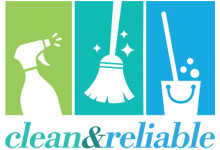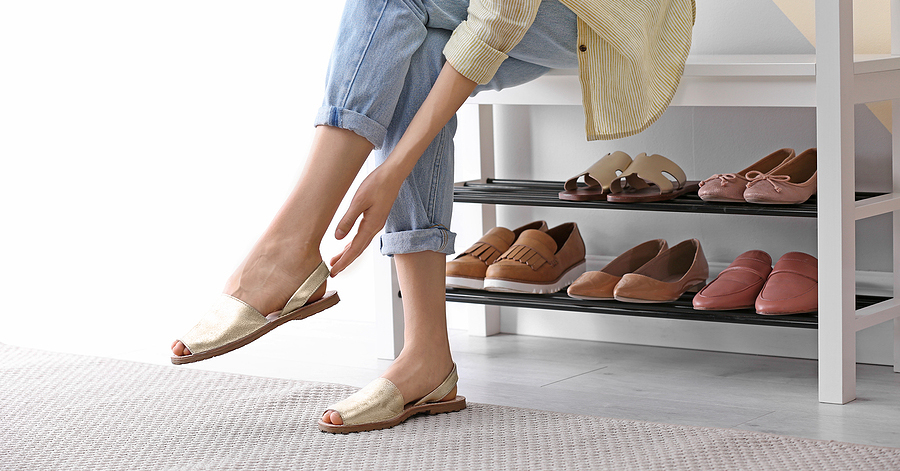Allergy-proofing your home is an essential step for maintaining a healthy and comfortable environment, especially for those with asthma, seasonal allergies, or sensitivities to dust and mold.
Everyday indoor allergens can impact air quality, aggravate respiratory conditions, and disrupt overall well-being. This guide covers practical, effective methods for minimizing allergens, helping you create a cleaner, safer space.
Understanding Common Household Allergens
A variety of allergens find their way into our homes, making allergy-proofing vital. The most common culprits include:
Dust Mites
Dust mites are microscopic organisms that thrive in soft surfaces, feeding on dead skin cells. They’re most often found in bedding, carpets, and upholstered furniture. Without regular cleaning, they multiply quickly, leading to allergy symptoms like sneezing, itchy eyes, and nasal congestion.
Pet Dander
Pet dander consists of tiny particles of skin, saliva, and even urine from animals, which can linger on surfaces and in the air. These particles contain proteins that trigger allergies in those sensitive to animal allergens. Dander can remain airborne for long periods, increasing exposure, especially in homes with indoor pets.
Mold and Mildew
Mold and mildew are fungi that flourish in damp, warm environments, such as bathrooms, kitchens, and basements. Mold spores can aggravate respiratory conditions, causing sneezing, runny nose, and, in severe cases, asthma attacks.
Pollen
Though often associated with outdoor environments, pollen easily enters homes through open windows, doors, and even on clothing. It’s most abundant in spring and fall but can cause issues year-round.
Chemical Sensitivities
Some people are sensitive to volatile organic compounds (VOCs) found in cleaning products, paints, and air fresheners. These chemicals can exacerbate respiratory issues and may contribute to allergy-like symptoms.
1. Regular and Thorough Cleaning Practices
Dusting
To effectively reduce dust buildup, use a microfiber cloth, which traps dust rather than spreading it around. Dusting from top to bottom catches falling particles, and avoiding feather dusters can help keep allergens contained.
Vacuuming
Vacuuming is essential for removing dust and other allergens from carpets and floors. Use a vacuum with a HEPA filter, which captures tiny particles like pollen and dust mites that standard filters may miss. Vacuum high-traffic areas twice a week and less-used spaces once a week, making sure to empty the vacuum’s dust compartment regularly for optimal efficiency.
Mopping and Damp Wiping
Following vacuuming, mop floors and wipe surfaces with a damp cloth to catch any lingering particles. Opt for water or a mild, fragrance-free cleaning solution to avoid VOCs that may trigger sensitivities.
2. Control Humidity to Minimize Mold Growth
Maintain Ideal Humidity Levels
Keeping indoor humidity between 30-50% helps prevent mold and dust mite proliferation. Use a hygrometer to measure humidity in problem-prone areas and, if necessary, invest in a dehumidifier to keep levels stable.
Use Exhaust Fans
Fans in bathrooms, kitchens, and laundry rooms help ventilate moisture-prone areas, minimizing mold growth. Ensure these areas are well-ventilated, especially after showers or cooking.
Promptly Fix Leaks
Leaks around sinks, toilets, and appliances create ideal conditions for mold growth. Regularly inspect for leaks and repair them as soon as possible to prevent moisture buildup that can lead to mold and mildew issues.
3. Bedding and Upholstered Furniture Maintenance
Wash Bedding Frequently
Dust mites accumulate in bedding, so wash sheets, pillowcases, and blankets weekly in hot water (130°F or higher) to kill mites. Monthly, wash pillow protectors, mattress covers, and bedspreads to keep your sleeping area allergen-free.
Use Allergen-Proof Covers
Encase pillows, mattresses, and box springs in dust-mite-proof covers to reduce allergen exposure. Look for covers with tightly closing zippers, as dust mites can quickly find their way through loose openings.
Limit Soft Furnishings
Minimizing throw pillows, rugs, and curtains reduces surfaces where allergens like dust and dander can settle. Opt for machine-washable furnishings when possible, and clean them frequently to prevent dust buildup.
4. HVAC and Air Purification Solutions
Change Air Filters Regularly
Changing HVAC filters every 1-3 months can significantly reduce airborne allergens. Choose HEPA filters, which are especially effective at capturing smaller particles like dust mites and pollen that standard filters might miss.
Install Portable Air Purifiers
Place portable HEPA-equipped purifiers in high-traffic areas or bedrooms to target specific areas. For optimal air quality, run purifiers continuously, especially during high-allergy seasons.
Clean Ductwork Annually
Ducts can collect dust and other allergens, which are then circulated throughout your home. Annual duct cleaning by a professional ensures that your HVAC system isn’t contributing to allergen exposure.
5. Pet Management for Reduced Dander
Create Pet-Free Zones
Designating pet-free areas, such as bedrooms, helps limit exposure to pet allergens. By keeping doors closed to these areas, you can maintain a cleaner environment with lower allergen levels.
Groom Pets Regularly
Regularly brushing pets outdoors reduces indoor dander, while frequent bathing minimizes allergen accumulation. This is especially important for households with family members sensitive to animal proteins.
Wash Pet Bedding
Pet bedding collects dander and should be washed weekly in hot water. Regularly vacuum areas where pets sleep or play to control dander levels in common areas.
6. Minimize Pollen Entry During Allergy Seasons
Close Windows and Doors
During high pollen seasons, keep windows and doors shut to limit pollen infiltration. Using air conditioning instead of open windows for ventilation reduces the chance of pollen particles entering the home.
Remove Shoes at Entryways
Removing shoes helps keep outdoor allergens like pollen from spreading inside. Place washable rugs at entryways and clean them frequently to maintain allergen-free spaces.
Wash Clothing After Outdoor Exposure
Changing and washing clothing after spending extended time outdoors can prevent pollen from settling on furniture or floors, further lowering indoor pollen levels.
7. Choosing Allergy-Safe Cleaning Products
Opt for Fragrance-Free or Hypoallergenic Products
Fragrances and dyes in cleaning products can irritate sensitive individuals. Choose unscented, dye-free products designed for sensitive environments, helping reduce potential allergens in the air.
Avoid Harsh Chemicals
Limit use of strong chemicals like bleach and ammonia, as they may trigger symptoms similar to allergies. Eco-friendly options like vinegar and baking soda are effective alternatives for everyday cleaning needs.
Regularly Clean and Replace Cleaning Tools
Replace sponges and cloths regularly, as they can harbor allergens over time. Clean microfiber cloths frequently to keep dust, dander, and pollen from accumulating on surfaces.
Conclusion
Allergy-proofing your home with regular, thorough cleaning, humidity control, and mindful pet management can drastically improve indoor air quality and comfort. Implementing these best practices can create a healthier living environment for everyone, especially those prone to allergies.
If you’re ready to make allergy-proofing a regular part of your home care routine, Clean & Reliable can help. Our professional cleaning services are tailored to reduce allergens and ensure a cleaner, healthier home environment.
Contact us for a free quote and discover how we can support you in creating an allergy-free space for your family.





